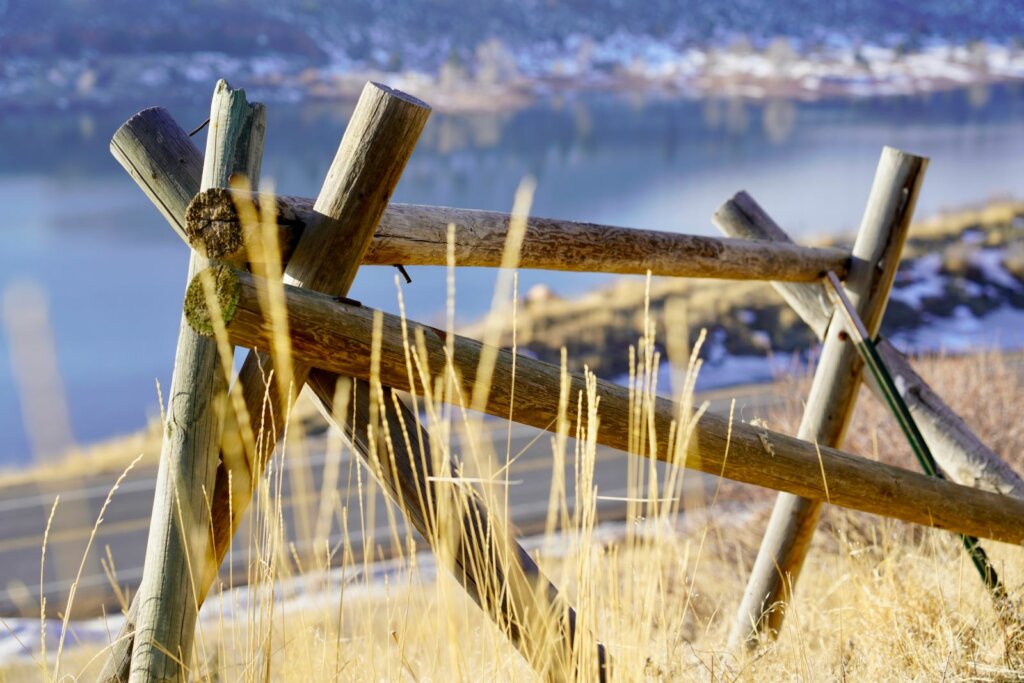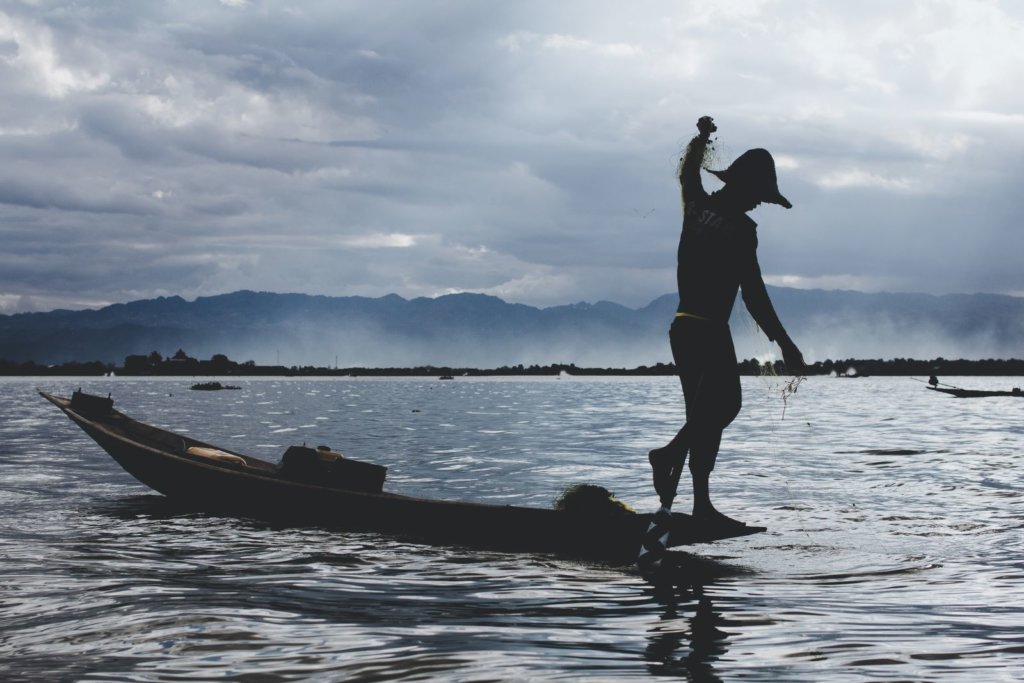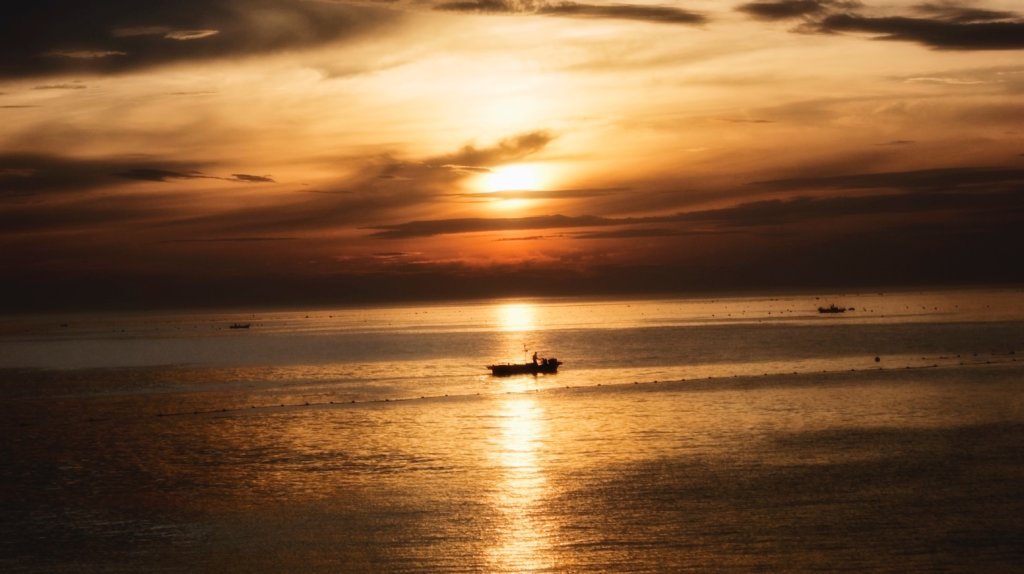I keep thinking about a poem/quote I read from Dr. Clarissa Pinkola Estés that I’ll share an excerpt of:
“We do not become healers.
We came as healers.
We are.
Some of us are still catching up to what we are.
We do not become storytellers.
We came as carriers of the stories
we and our ancestors actually lived.
We are.
Some of us are still catching up to what we are.
We do not become artists.
We came as artists.
We are.
Some of us are still catching up to what we are.
We do not become writers…dancers…musicians…helpers…peacemakers.
We came as such.
We are.
Some of us are still catching up to what we are.”
Her quote/poem speaks to me because for about the past year I’ve engaged in a deep recovery and reclaiming of my artistic self. For a long time, I joked that I couldn’t write fiction to save my life. It was a joke but also, I meant it. I didn’t think I could write fiction, didn’t think of myself as creative or artistic. I had moments where I proclaimed, “I’m an artist!” and then quickly forgot those and fell back into the belief that I’m not a creative person.

Why this picture? Unclear! It came up when I searched for “reclaimed.” Maybe the wood is reclaimed. Photo by Chris Lorensson on Unsplash
That might sound strange considering I wrote a novel but in my mind, the first one didn’t count because it was based so much on my real life. And this second novel, which isn’t based on my real life, has been a struggle, let me tell you. I fight against the belief that I can’t write it pretty much every day. In part, the struggle is because I have a perception that I’m not a storyteller, that I’m a journalist who tells stories about real life and real people but can’t create imaginary worlds. But is that really true?
The other week I found a modern retelling of “Little Red Riding Hood” that I wrote when I was probably 10. The text is in calligraphy and the pictures were also drawn by me. There is literal evidence to show I’ve always been a storyteller. As Estés says, I didn’t become a storyteller, I came as a carrier of the stories I and my ancestors actually lived. This is true in more ways than one. I’m VERY attuned to intergenerational trauma and collected my ancestors’ stories, both good and bad. I’m the family historian because stories matter to me. I am a storyteller and storykeeper.
I am reclaiming the identity of storyteller and catching up to what I am, to what I already came here imbued with. I wish it could be a “one and done” sort of thing but for me, it hasn’t worked like that. It’s been a daily process of remembering and reclaiming my artistic self.
This post is about me but I’m sharing it because I wonder if there’s a part of you that’s been long buried that it’s time to resurrect. What has stayed hidden for too long that wants to see the light of day? What do you want to reclaim, recover, or remember? I bet it’s something powerful and important.
I dream of a world where we recognize some things we don’t become, some things we already are. A world where we understand we came into the world with certain gifts and sometimes we need to retrieve those gifts. A world where we let go of identities that no longer serve us and reclaim who we truly are.
Another world is not only possible, it’s probable.
October is a strange month in the Bay Area. I know in many parts of the U.S. the temperature is dipping, leaves are changing color, and people are eating soup for dinner. But in the Bay Area, October is a liminal month, straddling the line between summer and fall. Earlier this week I wore a t-shirt because the weather was so warm. Today I’m wearing a sweater because it’s foggy and slightly cold. However, later this month the temperature is expected to rise to the high 80s.
The temperature may designate summer but the sunlight spells fall. The light is changing, it’s getting darker earlier. Summer is gone and fall is coming, in that arena. However, because of the temperature, it feels like we’re not firmly in one season or the other. We’re in limbo. I don’t particularly enjoy limbo, whether that’s a season or a situation. I want to cross a threshold but how often does that happen? Isn’t most of life instead a transition? Aren’t we perpetually waiting for one thing to end and another to begin?
What I’m recognizing is the desire to be in one or the other doesn’t serve me. I’m not letting myself enjoy the current moment because I’m wishing things were different. This is akin to the “arrival fantasy.” The idea there will be a day when I have “arrived” in life. Said another way, it’s the “I’ll be happy when” myth. For instance, “I’ll be happy when it’s fall. I’ll be happy when I’m married. I’ll be happy when I get the promotion.” The “happy when” syndrome can last all the way until your deathbed.

This picture will make sense as you keep reading. Photo by Michael Pfister on Unsplash
Clinical psychologist Dr. Natalia Peart says, “For decades, we’ve always thought that once we achieve success in our careers, then we’re supposed to get happy. And that once we get happy, we’re going to be fulfilled. That was the old path. So we’d ignore signs of burnout or the fact that our lives were so narrow because the assumption was that there would still be a reward of happiness. But that reward was always in the future. Happiness is now and being able to live in this moment, even in the harried, busy life that we live. You want to get up every day and know that there’s some level of meaning in the now – not two months or two years from now.”
One way we derive meaning in the now is by contending with death and recognizing even death doesn’t portend finality, but rather another beginning. This is well-captured in the story of the Skeleton Woman. Click the link for an animated version of the story, but the abbreviated version is this: A fisherman hooks a skeleton woman and not realizing she is caught on his line, tries to run from her. He bumps along the land with the woman on his tail and dives into his hovel thinking he’s safe. Alas, it is not so.
She is inside his home, limbs akimbo. In the candlelight, he takes pity on her, untangling her from his line, righting her limbs. Then he falls asleep and a tear leaks from the corner of his eye, which the Skeleton Woman drinks up thirstily. While he’s still sleeping, she pulls out his heart, holds it in her hand, and flesh is drummed back onto her bones. She becomes a human again. She returns his heart and then falls asleep next to him, and “that is how they awakened, wrapped one around the other, tangled from their night, in another way now, a good and lasting way.”
In order for us to thrive in relationships, our jobs, our everything, we must reckon with Lady Death, which is what the Skeleton Woman represents. We must act the way the fisherman does and welcome Lady Death into our homes, tend to her, make peace with her. Once we do that, there’s space for something new because every beginning is followed by an ending, which is followed by another beginning. And at the same time, instead of waiting for that new thing, as humans we are better served when we remember there is no arrival, there is no “happy when.” Like the fisherman untangling his line, living happens here, now, in limbo.
I dream of a world where we understand we’re always moving from one state to the next. A world where we recognize Lady Death is ever present even if we don’t acknowledge her, but she doesn’t represent the end, rather a new beginning. A world where we embrace the life/death/life cycle and get comfortable with transitions.
Another world is not only possible, it’s probable.
Life and death have been on my mind lately because two people in my community have died in the past three weeks. I notice in myself and others a tendency to ward off death as much as possible. We do what we can to prolong life because we fear death. Not only death in the physical realm, but in other arenas as well. We stay in dysfunctional relationships, jobs we hate, cities we loathe. We avoid going to therapy or addressing our addictions. We do all this because endings are scary, even if we know they’re warranted.
Right now I’m reading Clarissa Pinkola Estés’ Women Who Run With the Wolves. In it she addresses the wild woman archetype and tells stories to illustrate certain concepts. One of the more famous ones is the ugly duckling tale. The story that speaks to me the most right now is that of the Skeleton Woman. Click the link for an animated version of the story, but the abbreviated version is a fisherman hooks a skeleton woman and not realizing she is caught on his line, tries to run from her. He bumps along the land with the woman on his tail and dives into his hovel thinking he’s safe. Alas, it is not so. She is inside his home, limbs akimbo. In the candlelight he takes pity on her, untangling her from his line, righting her limbs. Then he falls asleep and a tear leaks from the corner of his eye, which the Skeleton Woman drinks up thirstily. While he’s still sleeping, she pulls out his heart, holds it in her hand and flesh is drummed back onto her bones. She becomes a human again. She returns his heart and then falls asleep next to him, and “that is how they awakened, wrapped one around the other, tangled from their night, in another way now, a good and lasting way.”

Whenever we catch something new, the Skeleton Woman is on the end of the hook. Photo by Lim changwon on Unsplash
Estés asserts for any relationship to survive and thrive, people must reckon with Lady Death, which is what the Skeleton Woman represents. They must welcome her into their home, tend to her, make peace with her in order to breathe life into something new. I think the principle applies not only to relationships, but all things. We must make peace with the fact a beginning will have an ending, followed by another beginning. I constantly forget that. When I experience an ending, some part of me still tries to hold on, as I wrote about last week.
On Saturday, I witnessed first-hand new life springing from death. I attended a grief ritual where I cried with others as they held me and I held them. I cried for someone I barely knew and I cried for things I couldn’t articulate. I bonded with people I only know in passing and felt a new closeness to them. All around me I observed a deepening of love for each other. A group of people that otherwise likely wouldn’t have met. I viewed new life springing from tragedy. Do I wish we’d met in another context? Absolutely. And at the same time, death helped create something new. The more I give into and accept the life/death/life cycle, the more serene I feel. The less scared I am of the future and what could happen because I understand death will always bring something new.
I dream of a world where we embrace the life/death/life cycle. A world where we no longer fear death as something permanent and final, but instead see it as the precursor to something new. A world where we mourn, we grieve, and we accept we’ll always have to confront death in some form or fashion. But it doesn’t have to be as scary as we are led to believe.
Another world is not only possible, it’s probable.